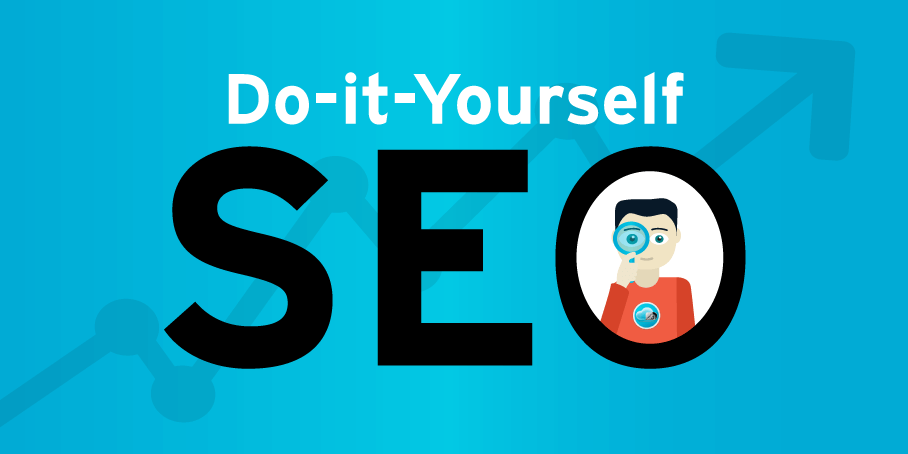Local SEO rankings play a crucial role in helping local customers find your small business. You might think that you need to have a serious budget for building your website’s SEO, but the truth is, no matter how small or young your business is, there are still ways to boost your local SEO with simple DIY methods designed to save you money and get free traffic.
If you’re ready to blast your competition out of the park, take the following steps and enjoy the results.
Address technical SEO issues using Google Search Console.
Don’t worry if you don’t know the first thing about Google Search Console — it’s effortless to set up. All you need is to sign in using Google and follow the instructions here.
Once you log into Google Search Console, you can identify potential problems with speed, duplicate content, broken links, improper use of canonical link elements, and un-optimized pages. You’ll find recommendations and tips for fixing these issues in Google Console.
Optimize web pages for titles, meta descriptions, and body content.
By far, the simplest and most effective way to boost your website’s SEO is to include basic local SEO information for each web page. Basic SEO information includes properly writing meta descriptions, blog and web page titles, and body content optimized for specific keywords.
The page title should be 55-70 characters in length and include your target keyword or phrase. A meta description should be between 155 and 160 characters, include your target keyword or phrase, and end with a clear call-to-action that encourages readers to click on your link. Every blog and web page should consist of a target keyword or phrase in the title and headings. It would help if you also sprinkled keywords throughout the body content. However, don’t stuff keywords into your blog, or Google will penalize you. Be creative and focus on offering value to your readers!
Fill out your Google My Business profile and make sure it’s complete.
The best way for Google to know that your business is relevant to local customers is by filling out your Google My Business profile with detailed business information. Make sure the information is complete! Your profile includes the business name, address, phone number, business hours, business category, services, website link, and other relevant information. Be sure to update your profile with any changes or additional information regularly.
Request reviews.
You may feel awkward asking customers to post a review about your business, but the truth is there are potential customers out there who value the insight of satisfied customers. One way to request a review is to send a thank you email to a customer who recently visited your business or made a purchase and to ask them to take a moment to share about their experience. You’ll be surprised at how many satisfied customers are happy to tell others about your fantastic service or product(s).
Respond to Google reviews.
Google wants to know that your business is open and active. One way to demonstrate this is by responding to all Google reviews — good and bad. Responding to reviews shows that you value your customers’ feedback and are committed to building a business trusted by the local community.
Obtain links from websites in the local area.
If you want to make it easy for local customers to find your business, write articles for your local newspaper (in exchange for a link to your business). Also, write a guest blog for a complimentary business or partner (which will inevitably include posting information about your business and links to your website).
Create city pages.
A city page includes keywords for the city you want to rank for in search results. For example, if your business is in Anaheim, but you want customers in Orange to find you, create a web page targeting residents in the City of Orange.
Use WordPress and the Yoast SEO plugin.
Small businesses have access to many tools designed to help them excel in local SEO in our modern age. With WordPress, you get a great user experience (especially with Block editor), a library of support materials, auto-generated XML sitemaps, speed and security, and built-in SEO tools.
If you have a WordPress website, you also have access to the Yoast SEO plugin. The Yoast SEO plugin helps you easily keep track of keywords, identify internal links for posts, easily change the page title and meta description, and check the readability of articles.
Sources:
https://www.score.org/blog/8-local-seo-tips-improve-local-search-rankings
https://www.searchenginejournal.com/small-business-seo-improve-rankings/260141/#close
https://wordpress.com/go/how-to/the-seo-benefits-of-creating-a-website-with-wordpress-com/



